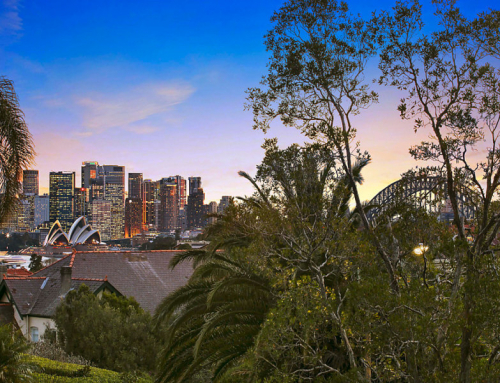Excerpt from up coming book Profitable Holiday’s: 5 step Guide to Renting your home when you’re away by Skye Hackett
“Since the Global Financial Crisis, which started in 2007, there has been a big shift in the way people search and the type of accommodation business people search for to stay in when on business trips. This also has crossed into the holiday accommodation domain as well.
The norm was to book a hotel close to either the office or close to transport to the office, or in the CBD. But the Global Financial Crisis of 2007-2008 changed all of this. Companies were still sending their employees on trips, but they were looking for cheaper options without compromising on comfort or standard. They are now more open to the idea of renting an entire property rather than a hotel room or suite, and are not necessarily looking for accommodation in the heart of the city but also in areas with good transport and infrastructure not too far from their place or work.
It has been this interest in the short-term rentals by business people and the like that has crossed over to the holiday maker on an extended trip as well, and because of this surge in popularity many long-term unfurnished rentals have been turned into short rentals to help keep up with the demand all over Australia (and the world).
A short-term rental is targeted towards the executive and corporate market as well as the student to use as their ‘home-like’ base instead of a hotel. The idea of spending any longer than two nights in a hotel is unpleasant for many people, especially if you are travelling for business all the time.
The properties come in a range of sizes, be it a studio, one, two, three or more bedroom property, apartments, houses and villas, and all types in between. Some are geared to a family, who may tag along on a business trip, and some are geared to the single person or group, but they all give the guest the freedom to work from the property, cook and entertain, rather than a hotel room where none of this is possible.
Short-term rentals are cheaper than a hotel, averaging about 35% cheaper per night, and are located in varying locations, and each has varying features and budgets.
With the decline in new hotels being built in the major cities in Australia the emergence of the short-term rentals has helped to house all the visitors to the cities.
The average hotel room is only 38 square metres, while the average one-bedroom apartment is 50 square meters.[1] With tasteful furnishings and inclusions such as Wi-Fi in the rate, executive rentals soon became the preferred choice for all business travellers.”






